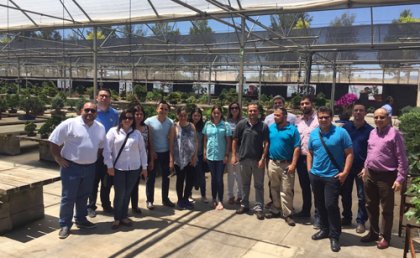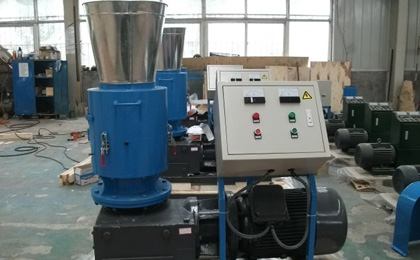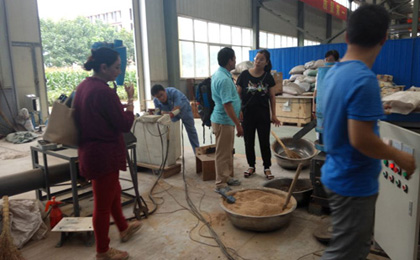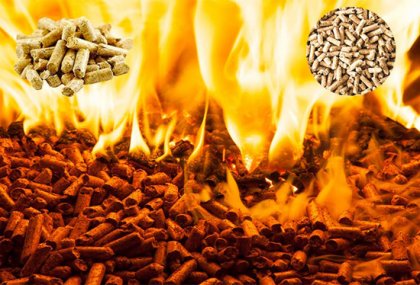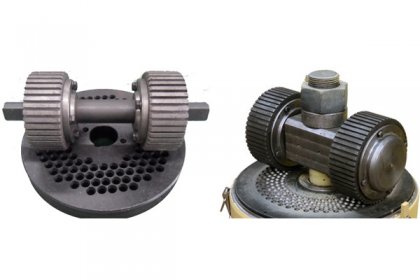Q. How to choose pellet machine?
A. Quality is the most important element, the second is to analysis the cost to product pellet from the machine on energy consumption , life of wearing spare part , the safety device on machine is also important.
Q. Does the material need to be prepared before entering the pellet mill?
A. Yes, the material should be a suitable size and moisture content. The raw material should be 3-6mm detritus with moisture 10-20%.
Q. What size does the material need to be?
A. The size of material corresponds with the pellet machine size desired, usually to make 6 mm pellets. This is often accomplished by processing the materials through a hammer mill.
Q. What moisture works best for making pellets?
A. We recommend an approximate moisture content of 10-16%. If your material is too dry you can add moisture. If it is too wet you can dry it or mix it with another lower moisture material according to your need.
Q. What materials can I make pellets from?
A. We have experience with "pelletizing" a wide range of materials such as weed, cotton stalk, sawdust, corncob, wheat straw, rice husk, explosive shell, sunflower corn straw, sawdust, straw, etc.
Q. What are some uses for pellets?
A. We have worked with customers interested in utilizing pellets for a wide range of uses from animal feed, heating fuel, and animal bedding to formulating specialty wood pellets used in BBQ smokers.
Q. Can all pellet mills make wood pellets?
A. No. Many pellet mills are designed for making animal feed pellets. These pellet mills can make fuel pellets from softer biomass materials like leaves, lawn clippings, and pine needles or a mixture of these softer materials with sawdust, but we do not recommend these pellet mills for making 100% wood pellets.
Q. What’s the difference between D type and R type?
A. D type pellet mill is basically a standard version, it has a straight design and function to make quality biomass pellets from different material. D type is chosen by most starters.
While R type is pro version pellet mill which has a smarter die and roller movement profile and is using a superb gearbox. Better function, higher price. R type is the right choice for clients who has a strict requirements and flexible budget.
Q. Which one is suitable for me, D-type or R-type small biomass pellet mill?
A. D-TYPE SMALL PELLET MILL is often used to make pellets from softwood like pine, spruce, cedar, eucalyptus, poplar or crop waste like straw, stalk, peanut shell, rice husk, bamboo powder, and so on. It has high productivity and low price. So it is suitable for people who make pellets for own use.
R-TYPE BIOMASS PELLET MILL has better performance for hardwood like beech, birch cypress, elm tree, hickory, oak, etc. than D-type. It can make sawdust pellets with better quality, higher density and smoother surface, and all its parts are better than D-type but also with higher price. It is often good choice for people who want to make pellets for sale.
Q. When to maintain Flat Die & Roller?
A. 1. If there is slowdown in pellet production capacity, please check the gap between rollers and dies as well as roller shell wear.
2. Check the wear pattern of pellet die surface, you may find indications of poor feedstock distribution.
3. Probably the most important factor in die life is the setting and adjusting of the rollers. Usually the gap distance between die and rollers are within 0.1-0.5mm.

